New Report Claims Women Do Not Have Enough Speaking Roles In Modern Hollywood Movies
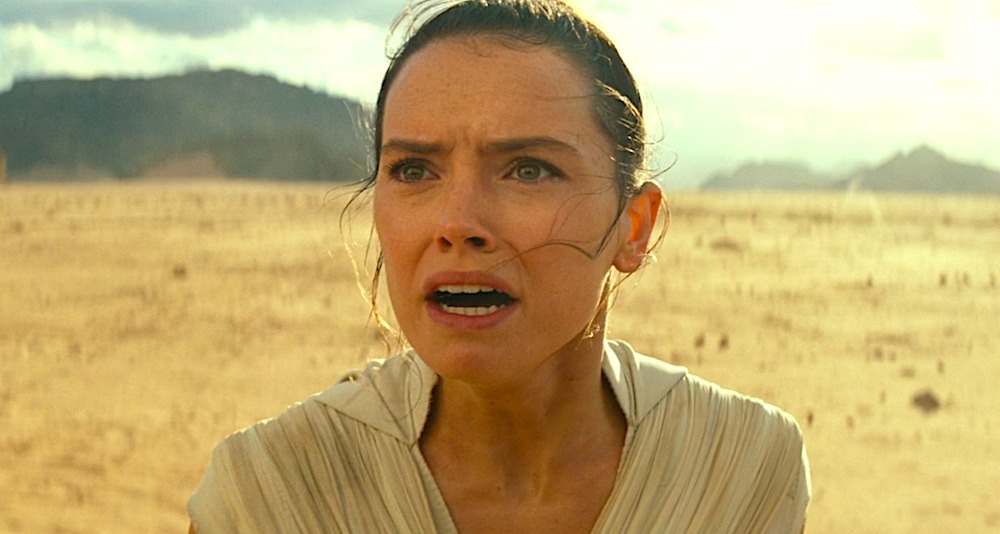
If there is one problem with the modern Hollywood industry, it is clearly the fact that women don’t speak enough in today’s films.
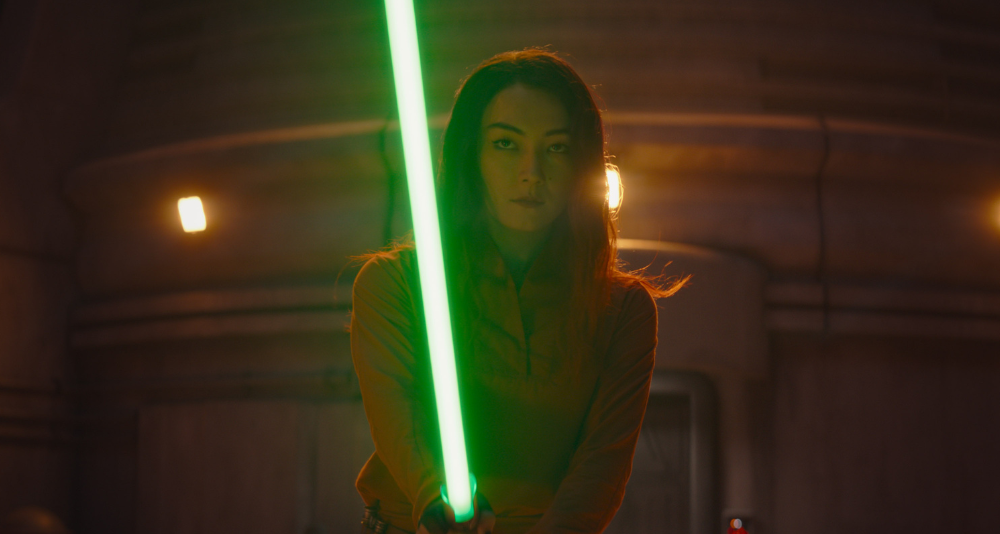
Sabine Wren (Natasha Liu Bordizzo) in Lucasfilm’s STAR WARS: AHSOKA, exclusively on Disney+. ©2023 Lucasfilm Ltd. & TM. All Rights Reserved.
RELATED: Netflix Reveals Over 60% Of Their Catalog Led By Women, Proving Hollywood Values Ideology Over Art
Over the course of the last several years, Hollywood has teamed up with numerous progressive think tanks, primarily in the world of Academia, to break down diversity statistics in the industry and make the case that Hollywood is not doing enough to produce more films and TV shows that make diversity their focus.
Keeping track of the number of race, gender, sexuality, and disability statistics for the industry, the University of Southern California’s Annenberg Inclusion Initiative has been a stand out diversity watchdog.
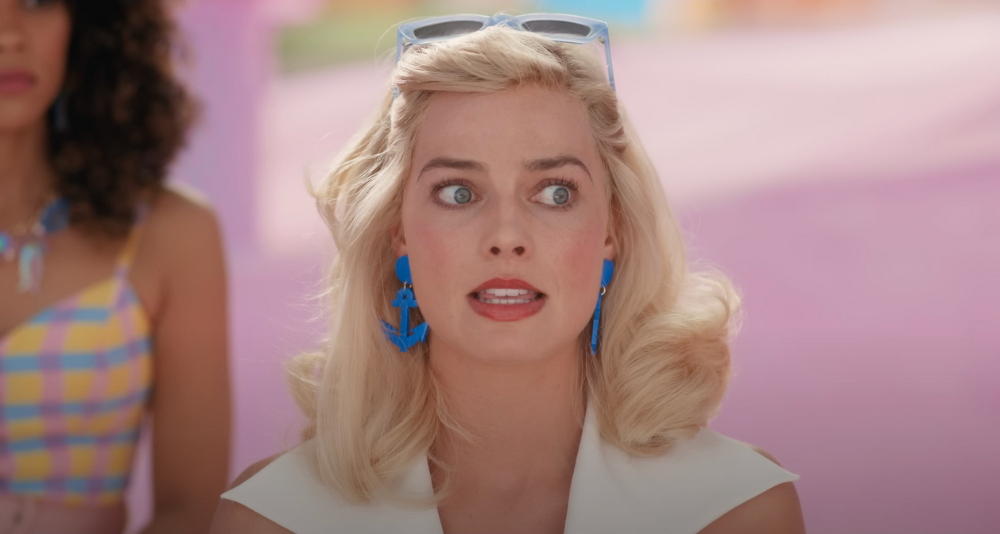
Margot Robbie as Stereotypical Barbie in Barbie (2023), Warner Bros. Pictures
The Inclusion Initiative’s most recent study claims that women fall behind in speaking roles for major films in Hollywood.
The USC report found that only 34.6% of speaking parts were by females in the top 100 box-office hits of last year. Researchers stated that, in the 15 years the organization has been keeping track of this metric, the number has mainly remained unchanged.

Inequality in 1,600 Popular Films: Examining Portrayals of Gender, Race:Ethnicity, LGBTQ+ & Disability from 2007 to 2022 via USC Annenberg
Stacy L. Smith, founder and director of the Inclusion Initiative, used the latest study to slam Hollywood for not taking female representation seriously enough with major box office releases.
“It is clear that the entertainment industry has little desire or motivation to improve casting processes in a way that creates meaningful change for girls and women,” Smith said in a statement.
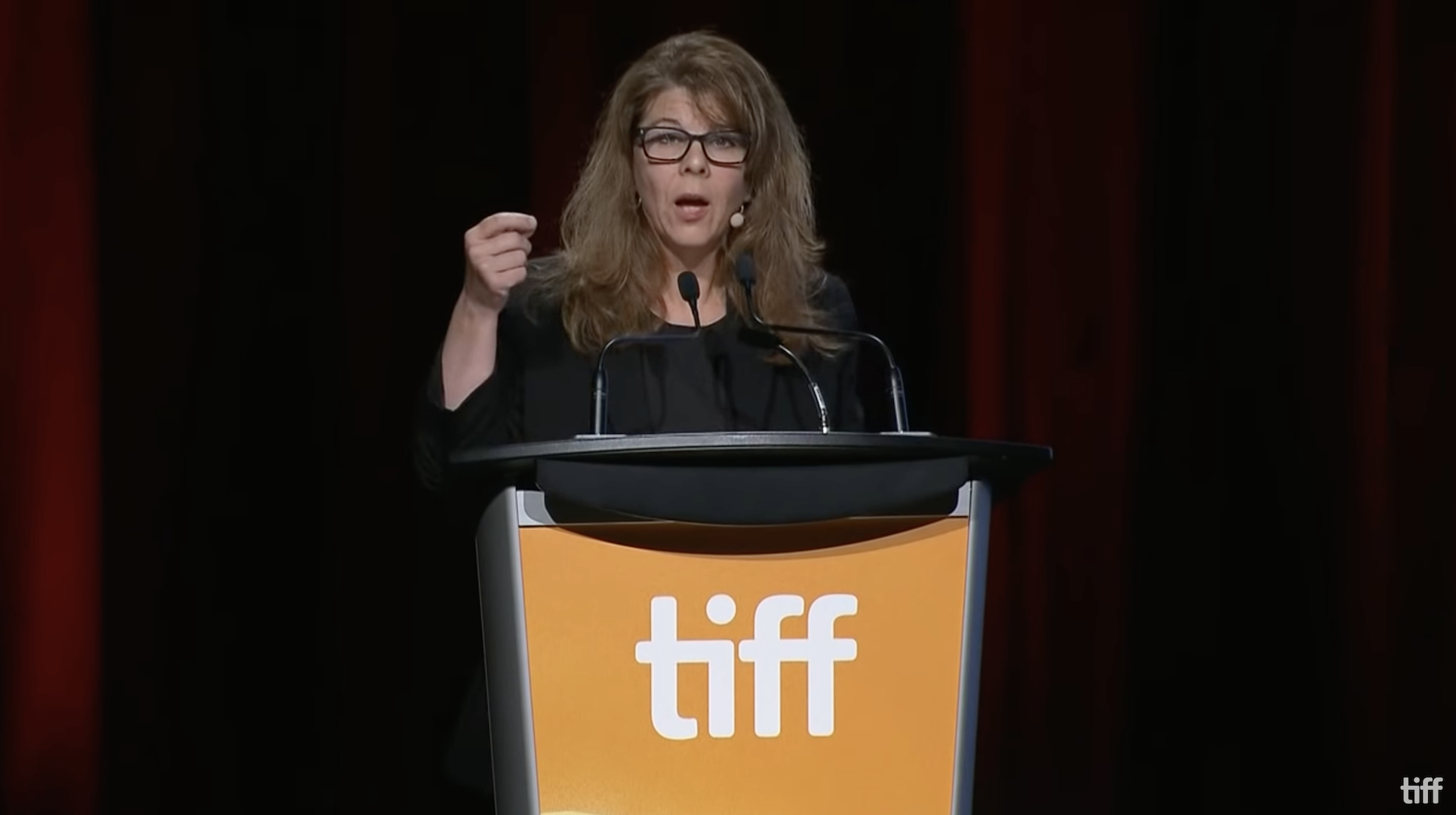
Dr. Stacy L. Smith on Diversity of Film Criticism | MOGULS | TIFF 2018 via TIFF Talks, YouTube
Smith further argued, “The lack of progress is particularly disappointing following decades of activism and advocacy.”
The release of the USC’s report coincided with the release of Greta Gerwig’s Barbie, which has managed to drawn over 1.2 billion dollars at the box office — thus becoming the highest grossing film directed by a woman.
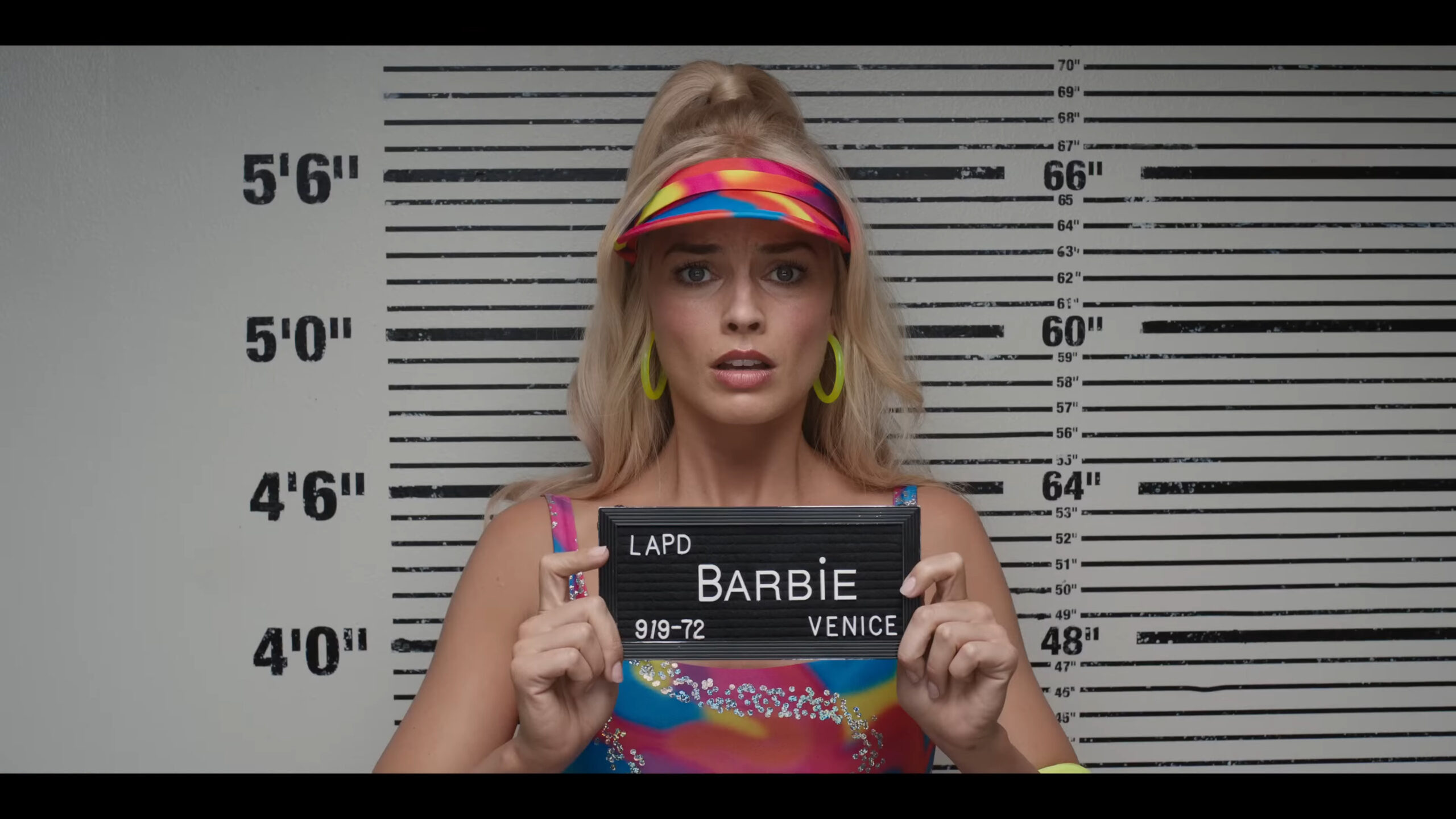
Barbie (Margot Robbie) is arrested in Los Angeles n in Barbie (2023), Warner Bros. Pictures
The report goes on to claim that — while lead roles for women have doubled in recent years, going from 20% in 2007 to a 44% in 2022 — other groups are still perceived to be suffering from a lack of diversity and inclusion within the film industry.
In the last decade, underrepresented groups — which in the eyes of the USC’s report include blacks, Asians, Hispanics, LGBTQ, and disabled individuals — have progressed at an even slower rate than female representation in Hollywood.
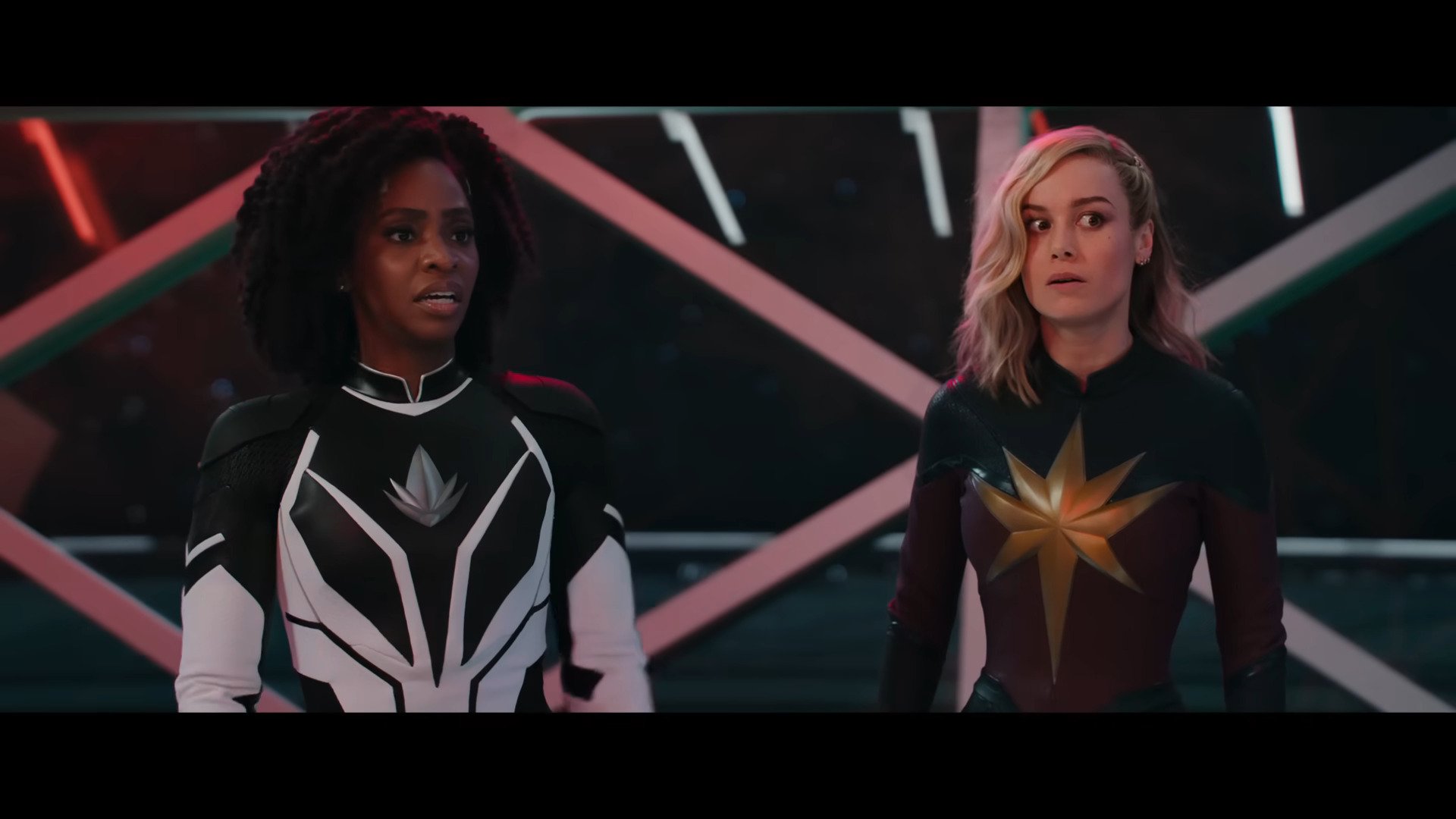
Monica Rambeau (Teyonnah Parris) and Carol Danvers (Brie Larson) exchange some typical Marvel humor in The Marvels (2023), Marvel Entertainment
“These trends suggest that any improvement for people from underrepresented racial/ethnic groups is limited,” Smith explained.
She added, “While it is encouraging to see changes for leading characters and for the Asian community, our data on invisibility suggests that there is still much more to be done to ensure that the diversity that exists in reality is portrayed on screen.”

Stephanie Hsu as Kat, Sherry Cola as Lolo, Ashley Park as Audrey, and Sabrina Wu as Deadeye in Joy Ride. Photo Credit: Ed Araquel
Earlier this year, a report conducted by the USC and Netflix detailed the progress the streaming giant had made towards its own efforts to promote diversity and inclusion, revealing that over 60% of the content they produce is led by women — on Netflix US, that is.
Conducted between 2020 and 2021, the findings “show notable improvements year-over-year for women and people from underrepresented racial/ethnic groups.”
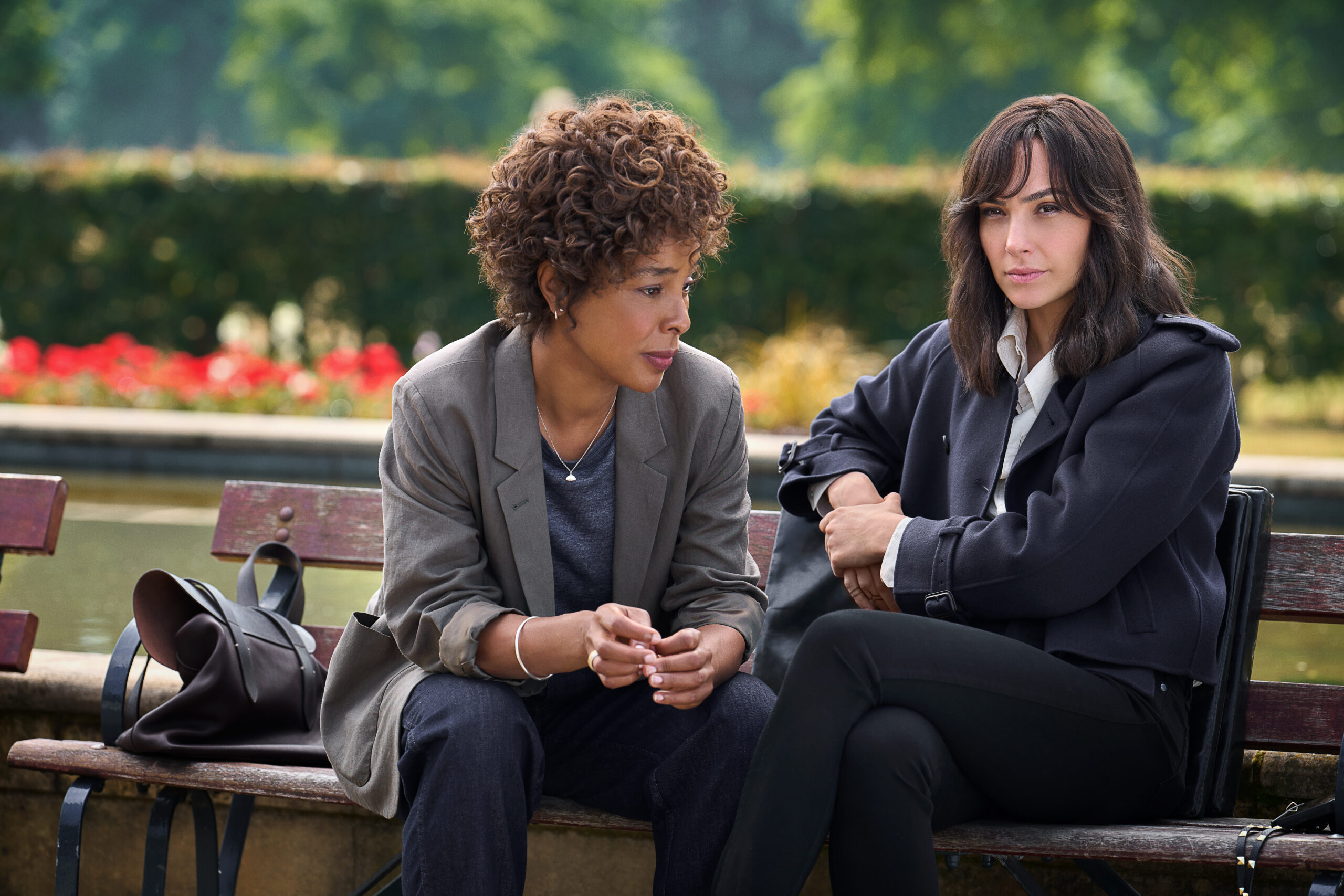
Heart of Stone – (L to R) Sophie Okonedo as Nomad/King of Hearts and Gal Gadot as Rachel Stone in Heart Of Stone. Cr. Robert Viglasky/Netflix © 2023.
Per their study, “In 2021, 26.9% of directors on Netflix films were women, compared to the 12.7% number found across top-grossing films that same year. And 38% of show creators in 2021 were women, substantially higher than 26.9% in 2018.”
“Nearly a third of films (27.7%) and more than half of series (54.75%) in 2021 had women of color as leads/co-leads,” they also noted.

Ellen Page as Vanya Hargreeves in The Umbrella Academy (2020), Netflix
“Inclusion goals can be met when everyone — men and women — work towards change,” Smith proclaimed.
Hollywood writers and actors are currently striking against major studios, in an effort to gain more support over fair pay, hiring quotas, and AI.

Rey (Daisy Ridley) confronts Kylo Ren (Adam Driver) in Star Wars Episode IX: The Rise of Skywalker (2019), Lucasfilm
It is argued, however, that the longer the strike drags on the bigger the damage could be for Hollywood studios with audiences; the possibility of new shutdowns and growing economic pains could drive audiences away from entertainment altogether.
Hollywood could be in for a rough period in the coming months and increasing the number of women talking on screen is likely at the bottom of concerns for major studios right now.

(L-R): Brie Larson as Captain Marvel/Carol Danvers and Iman Vellani as Ms. Marvel/Kamala Khan in Marvel Studios’ THE MARVELS. Photo by Laura Radford. © 2023 MARVEL.
What are your thoughts on USC’s latest report decrying the lack of representation?
More About:Movies
